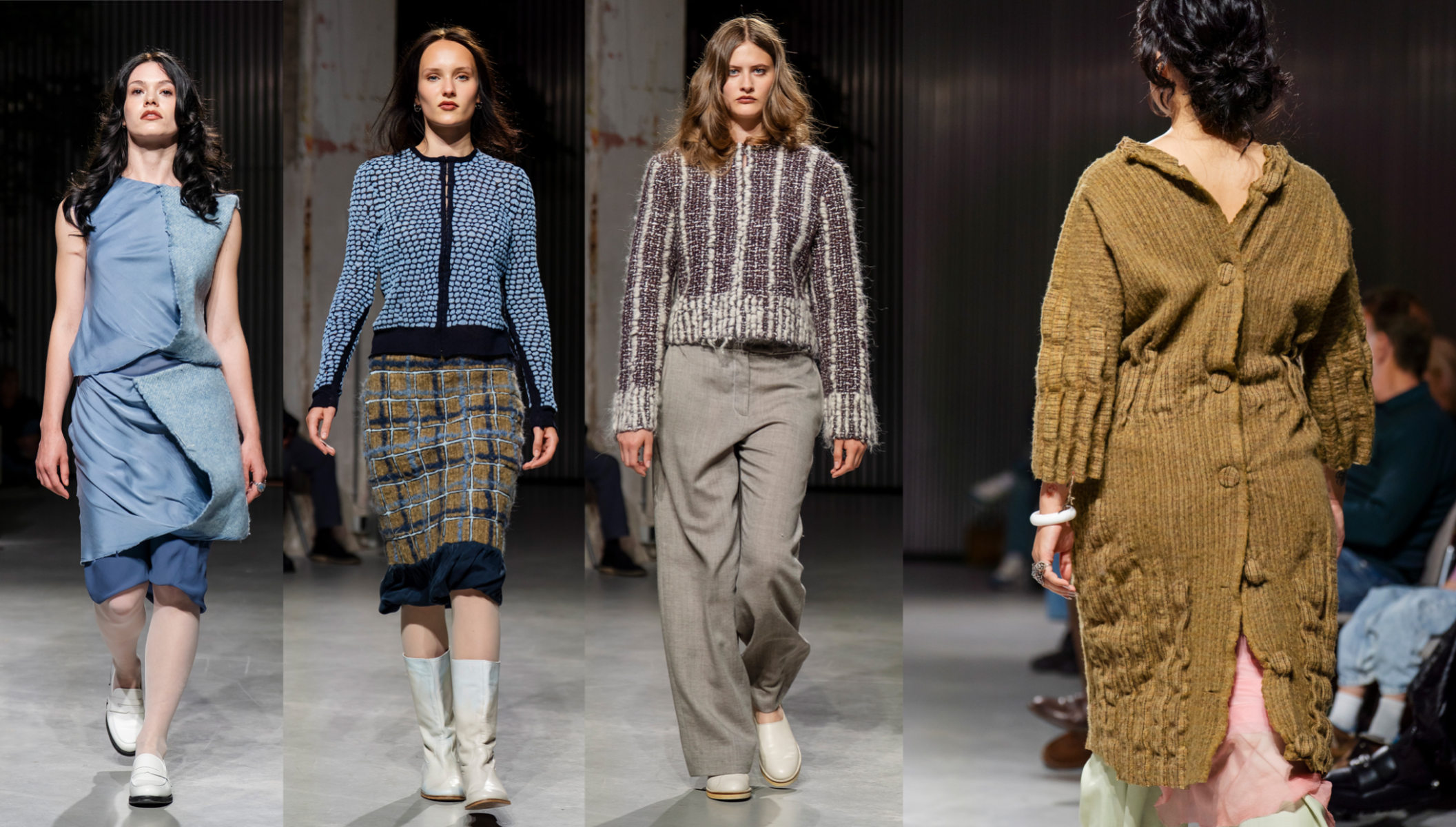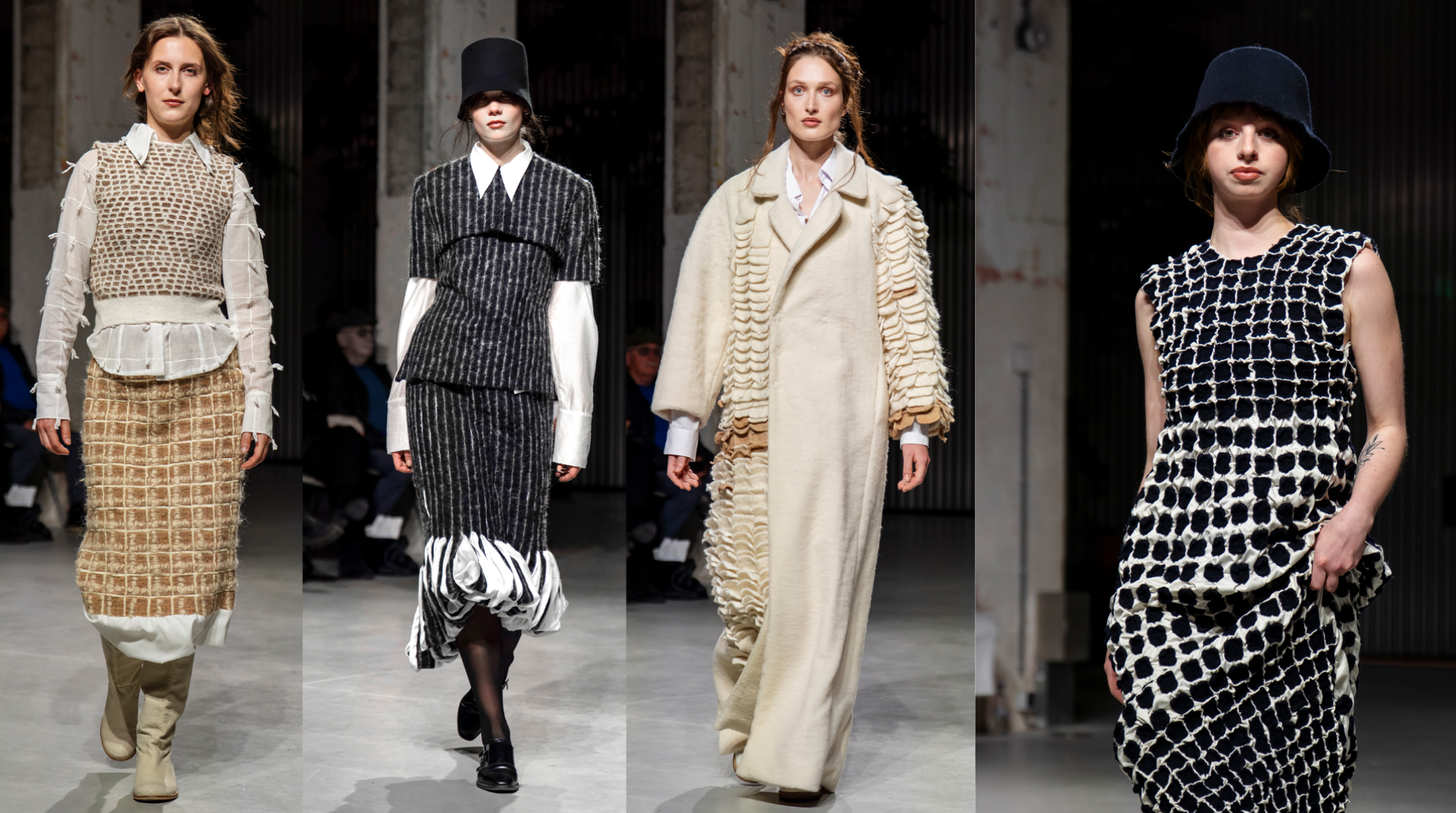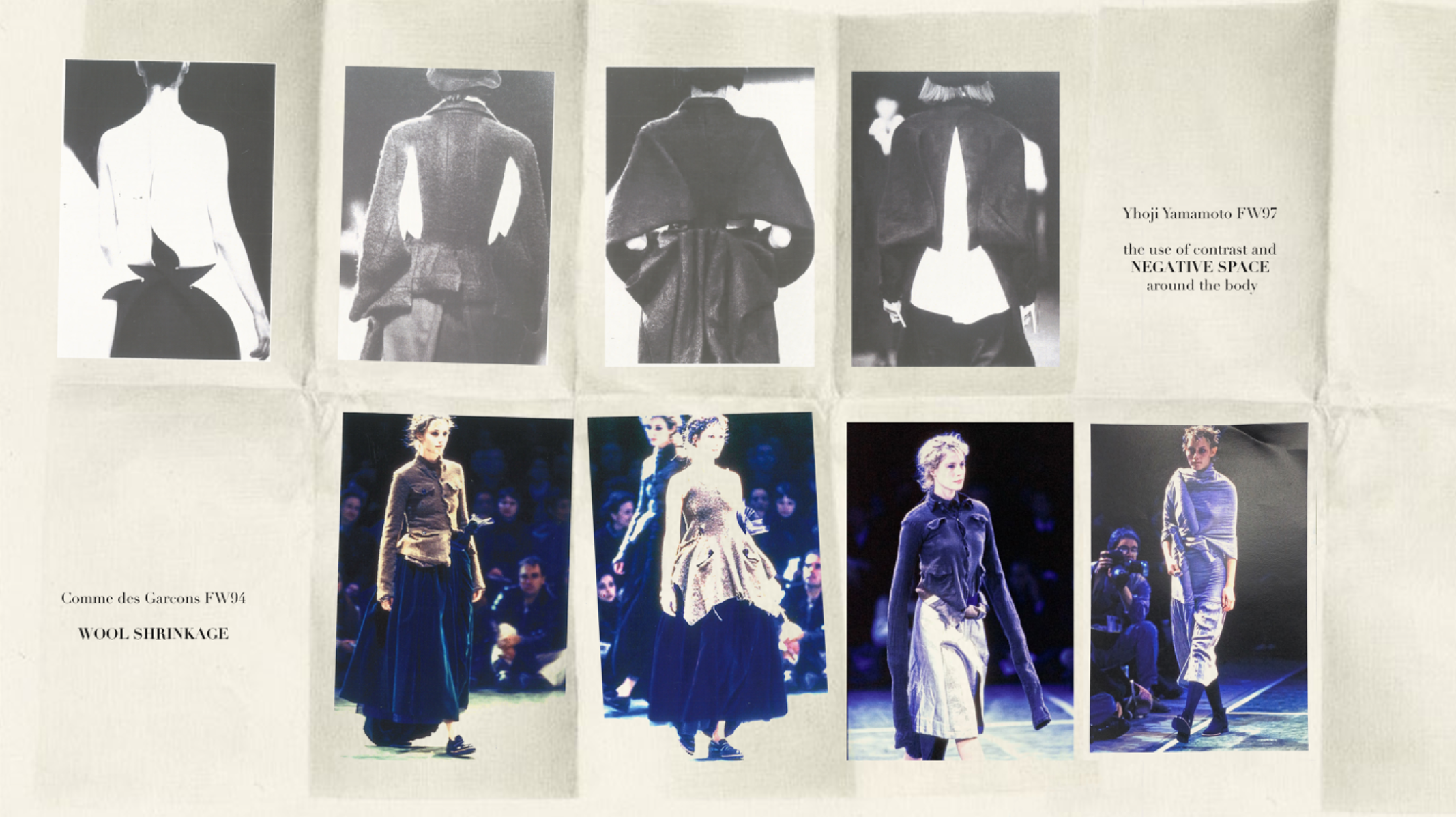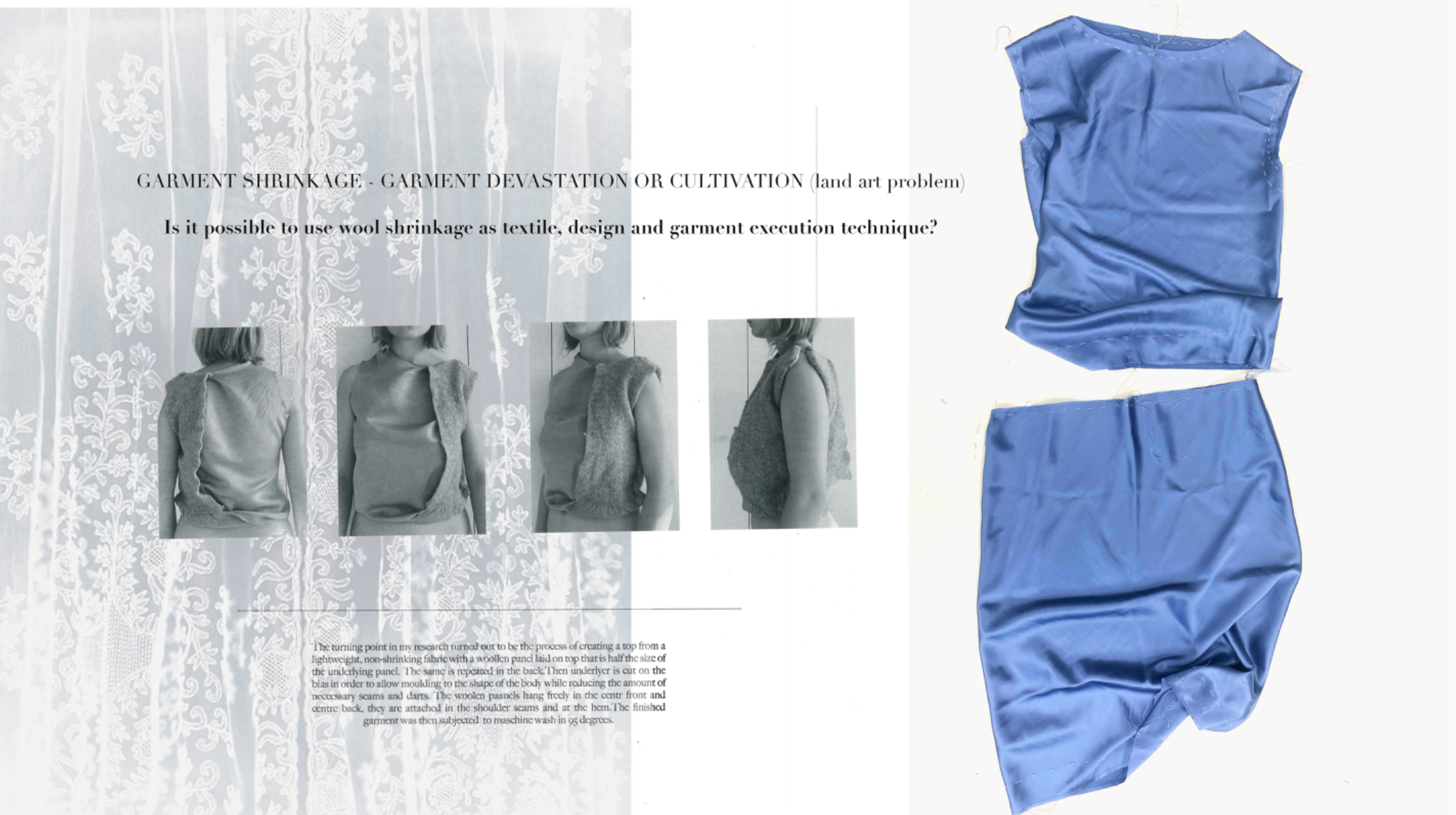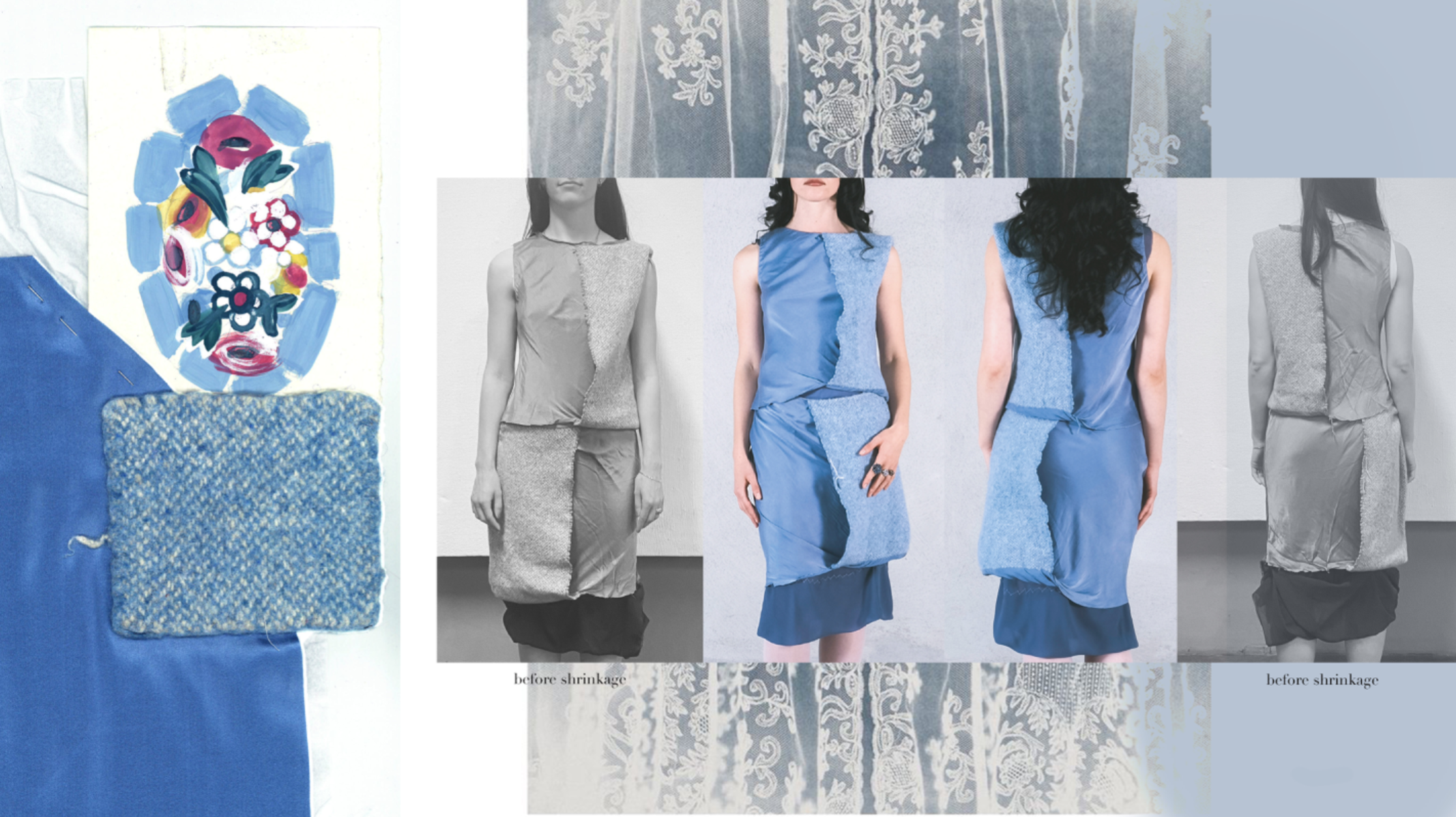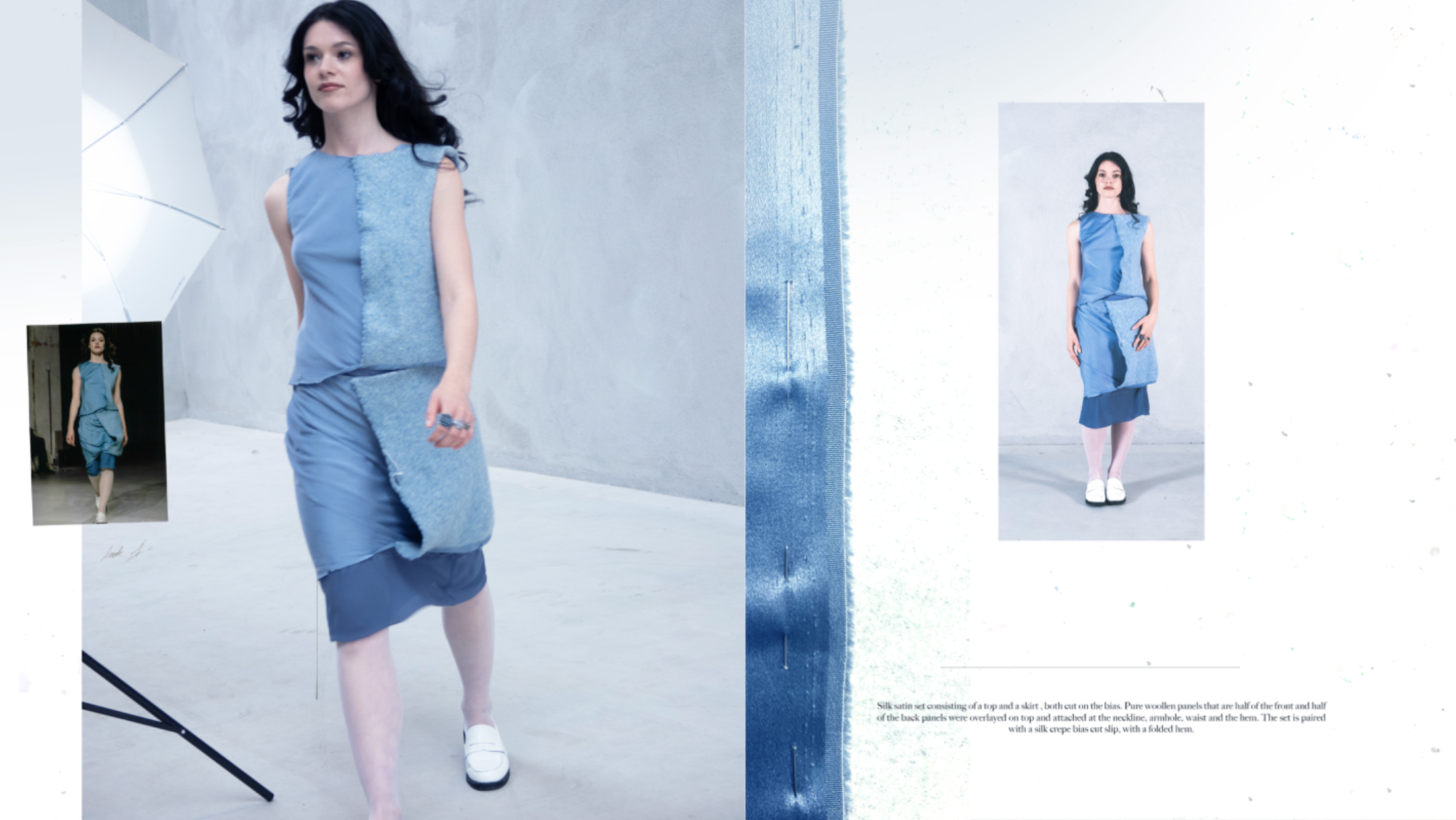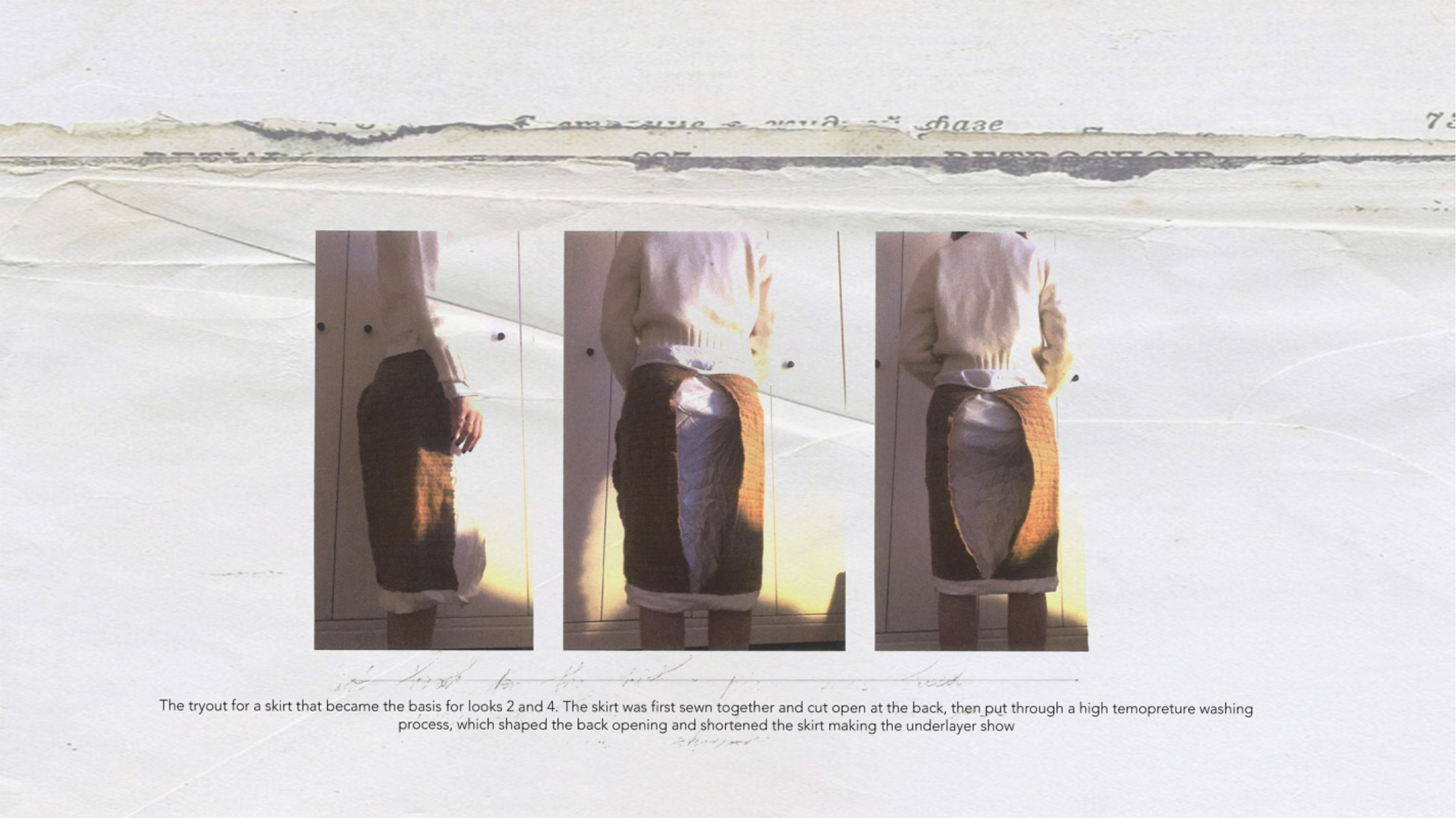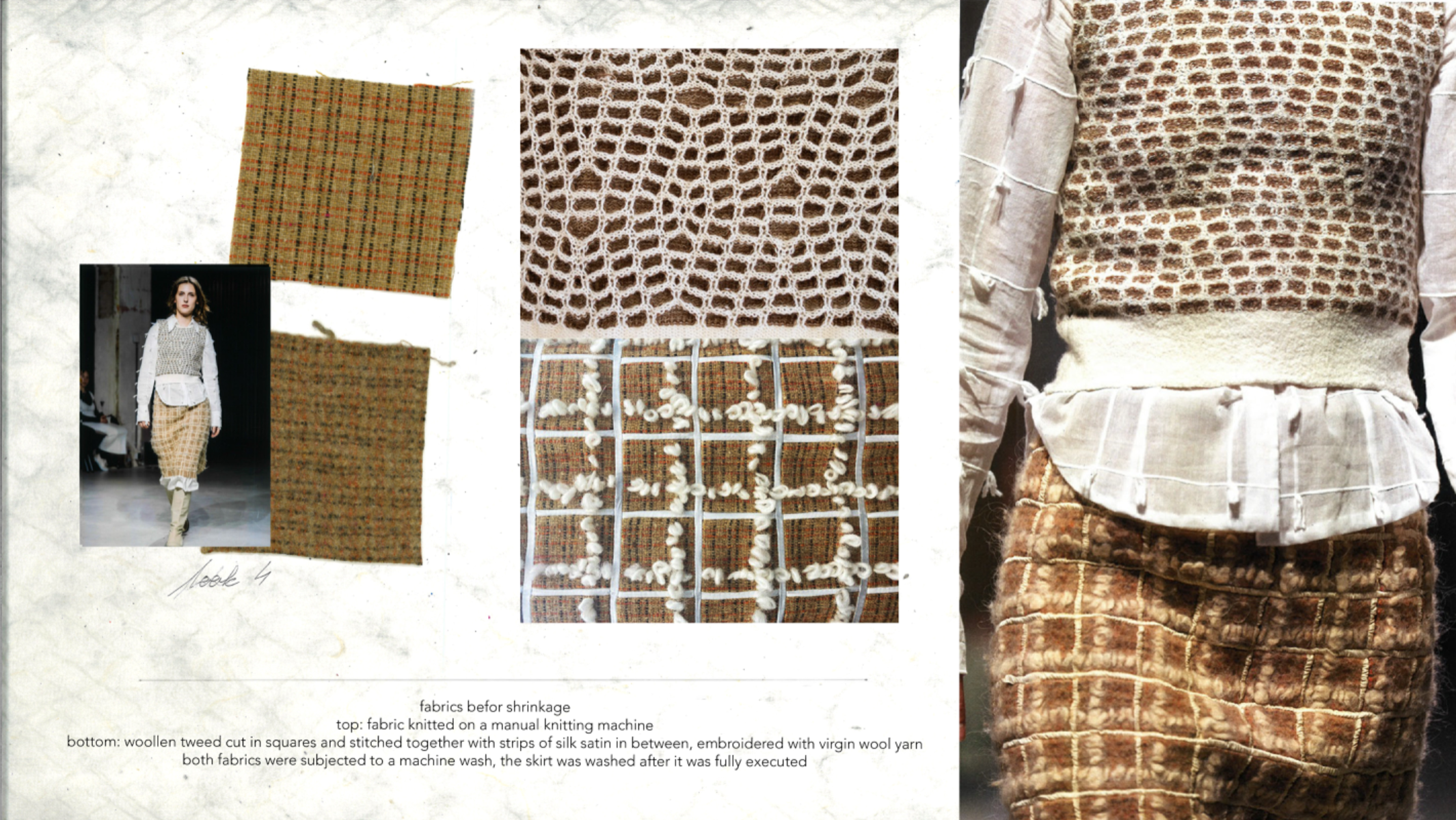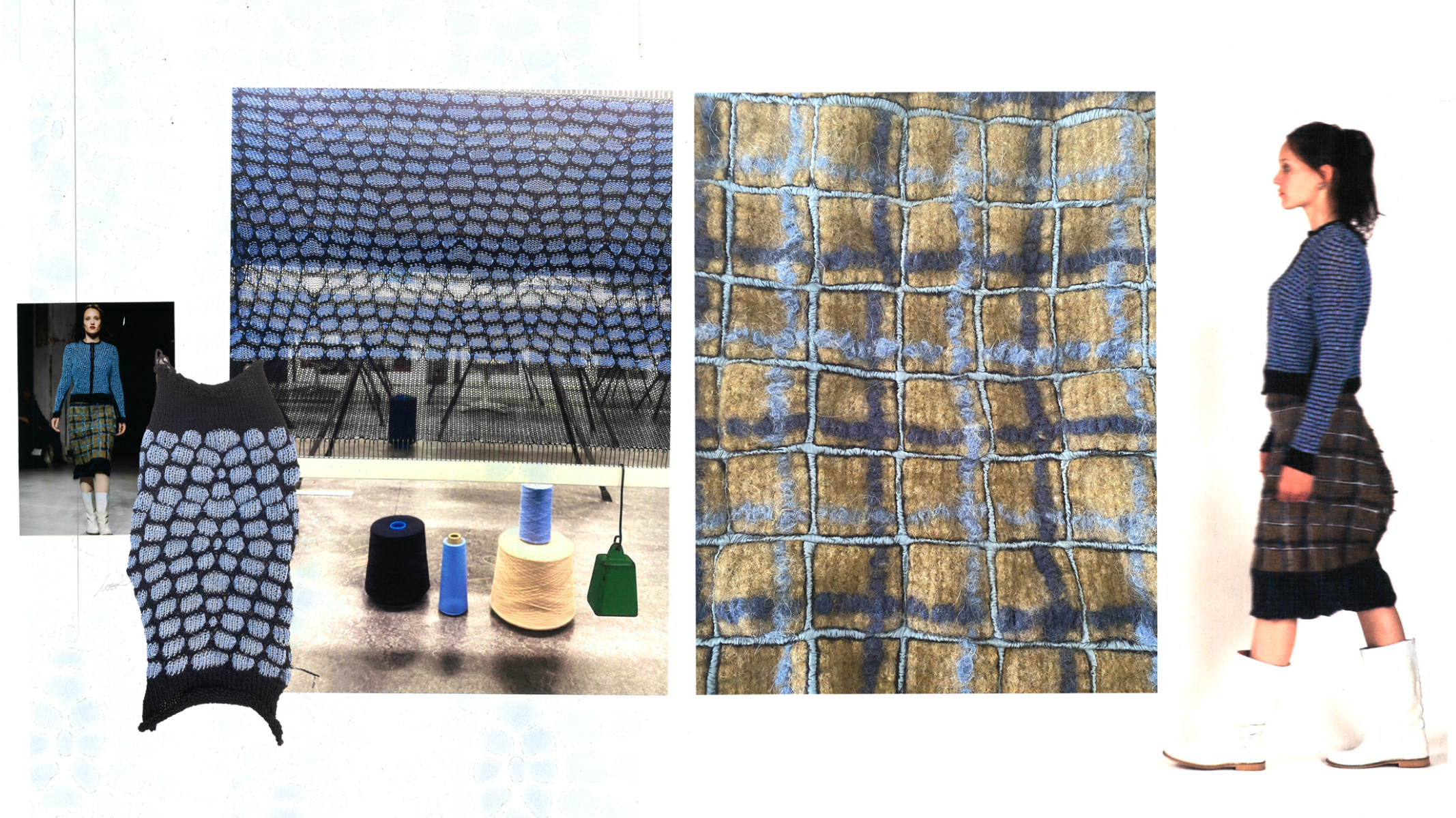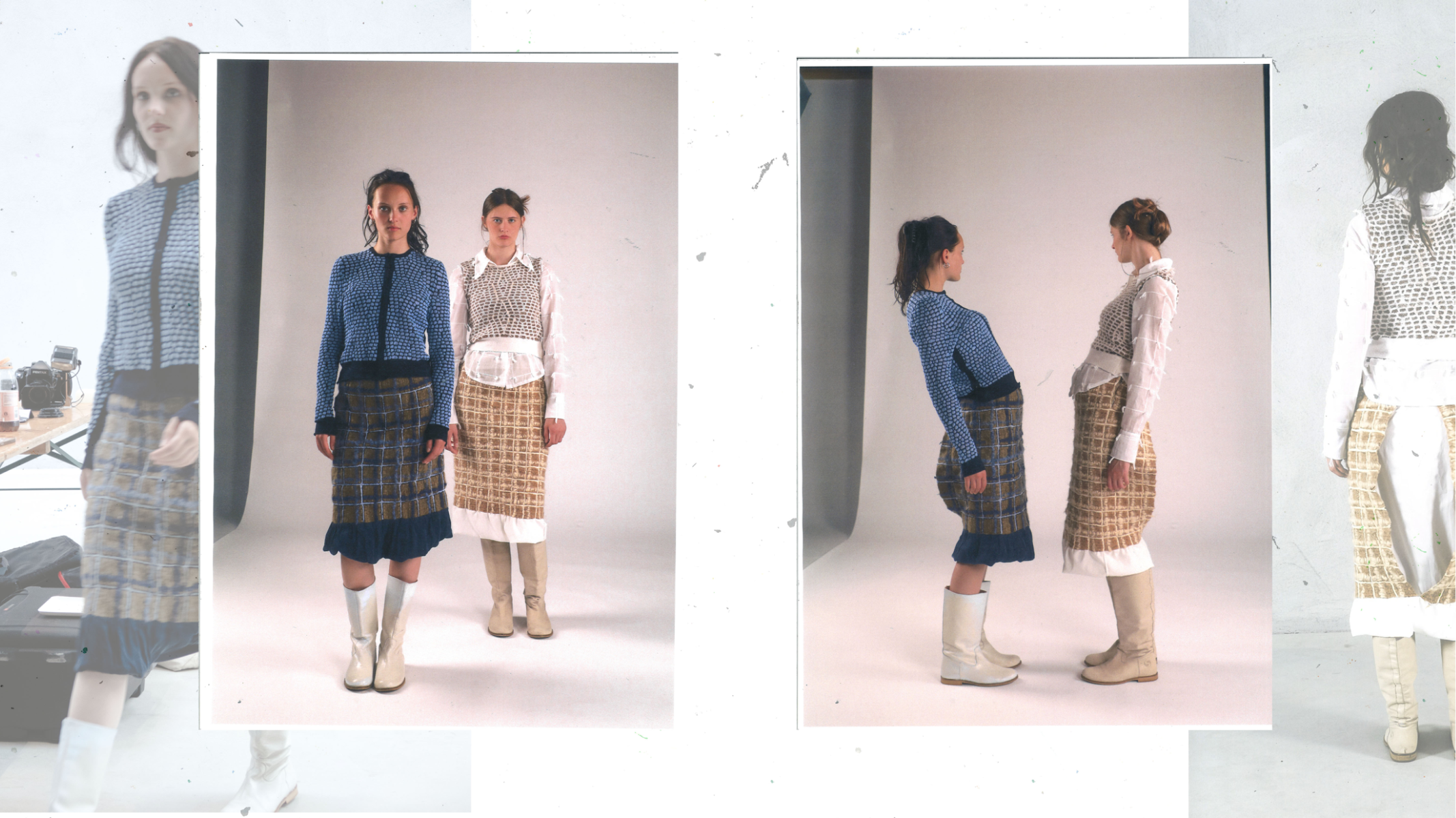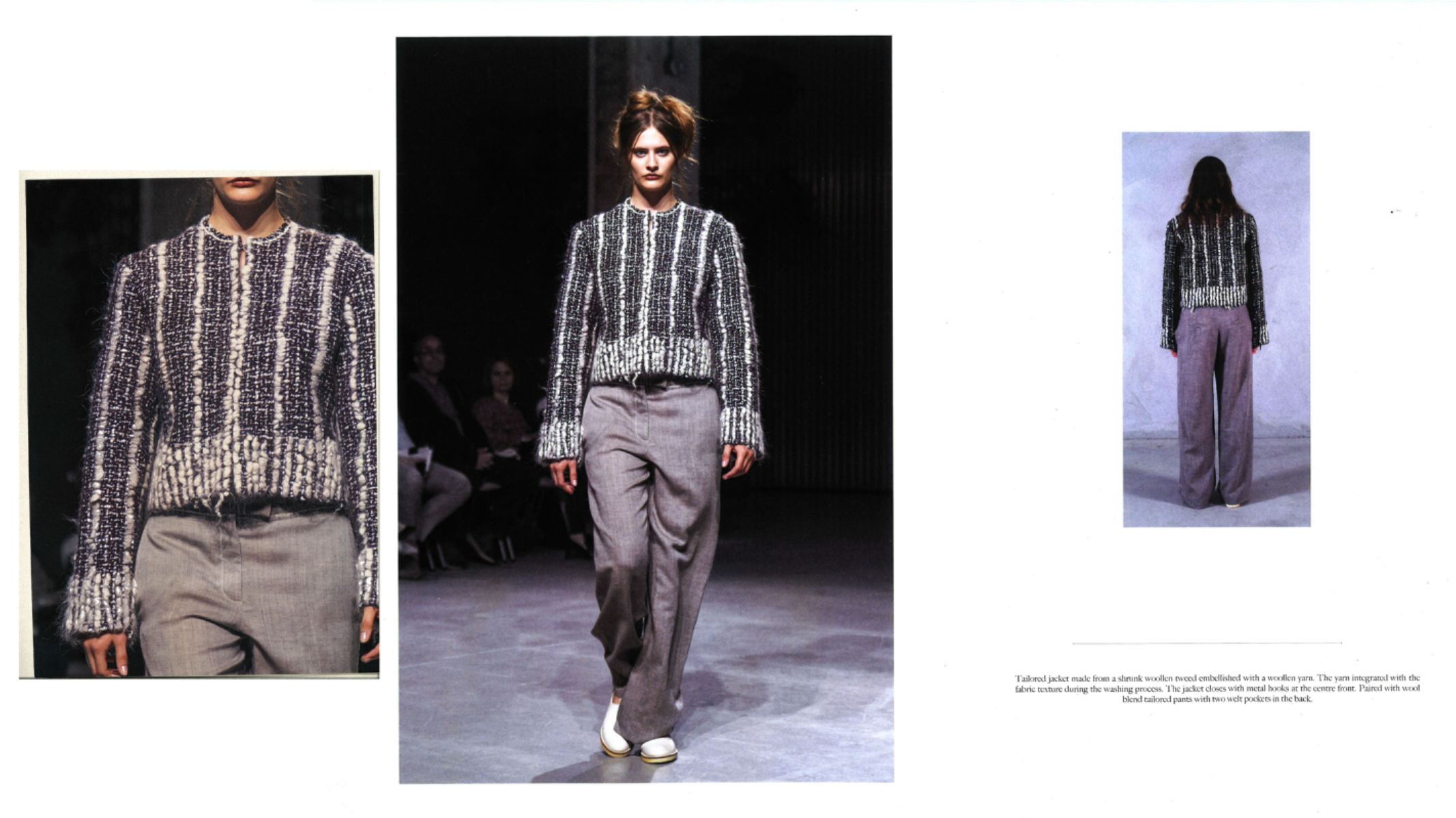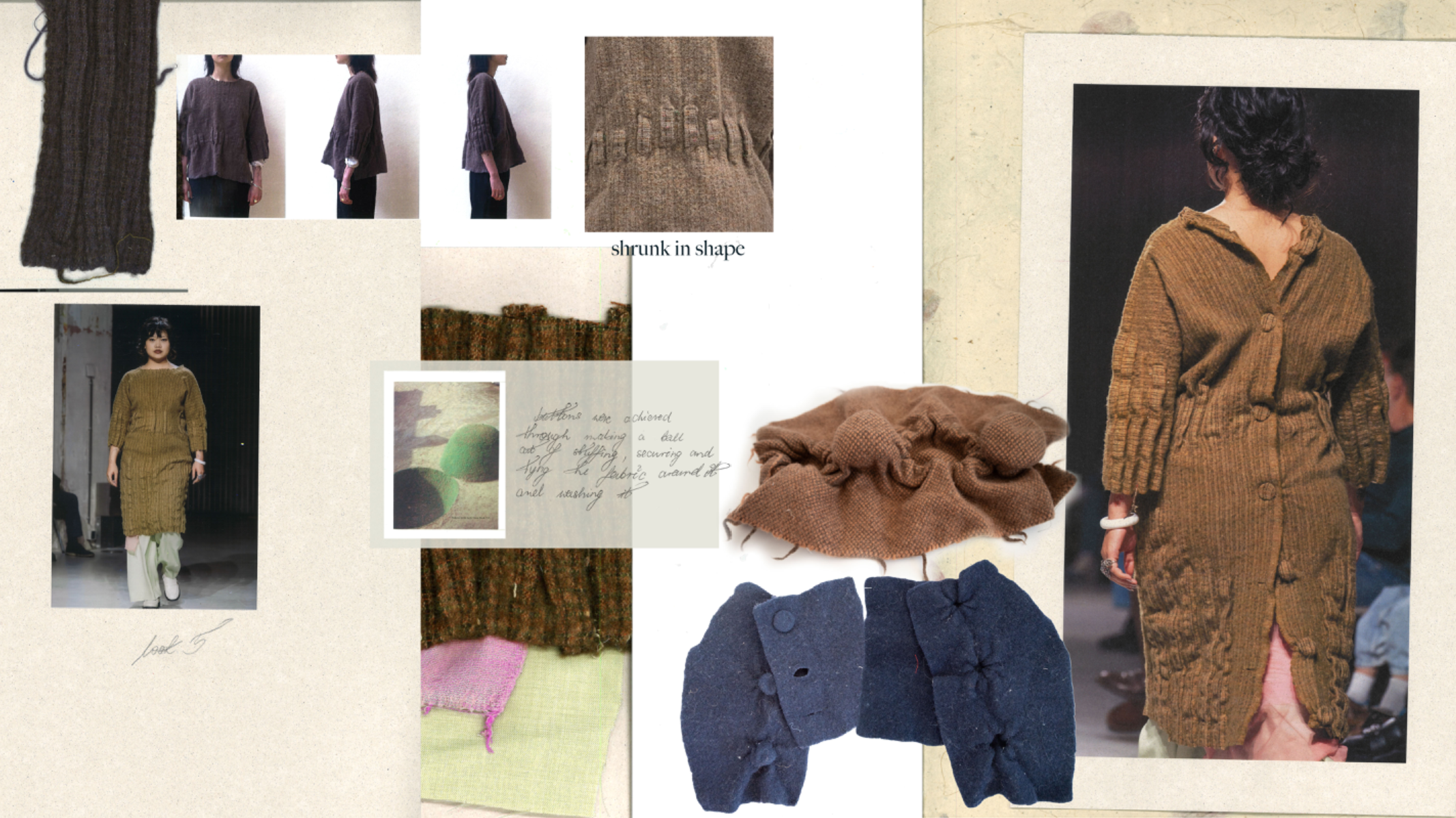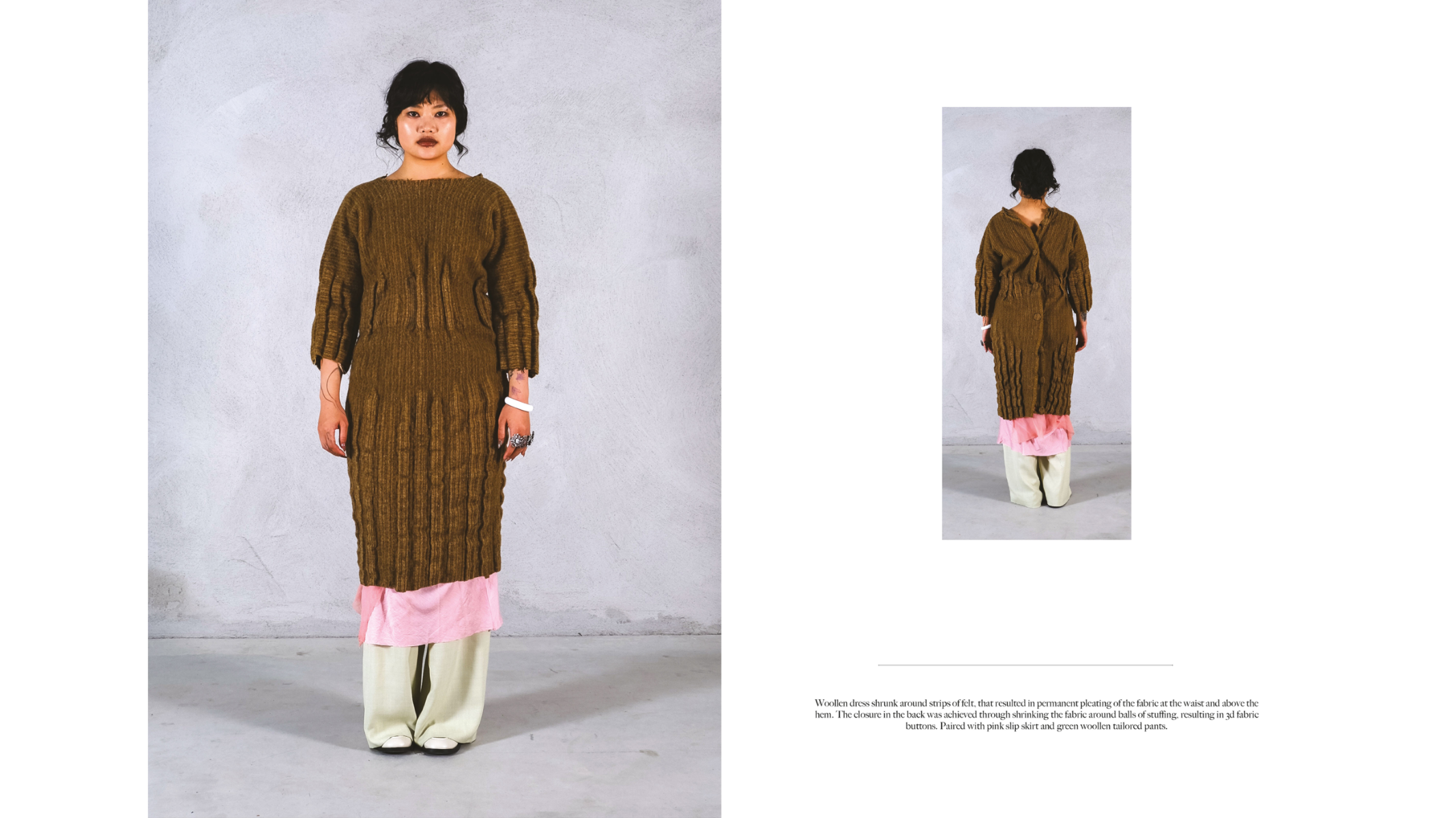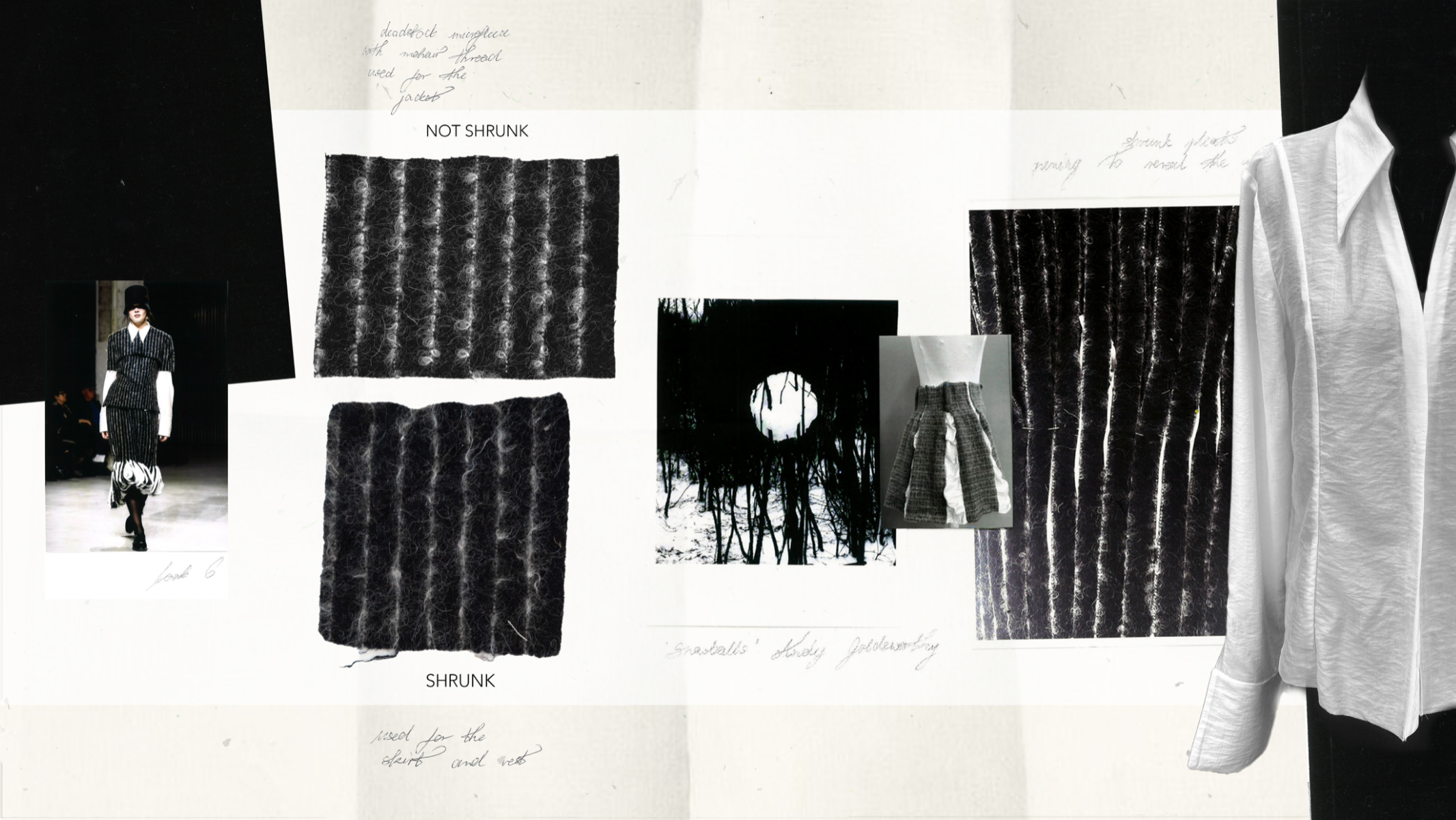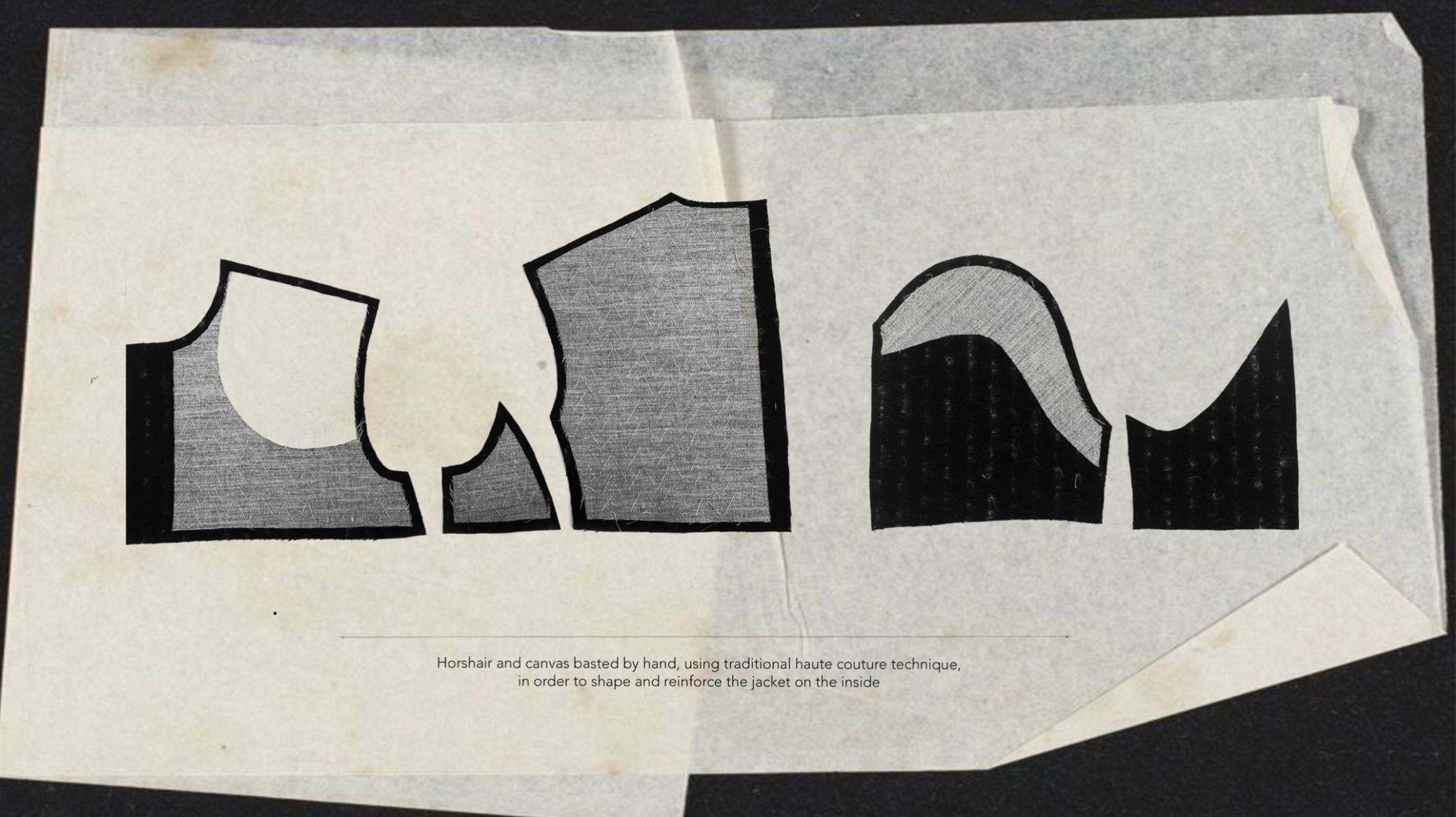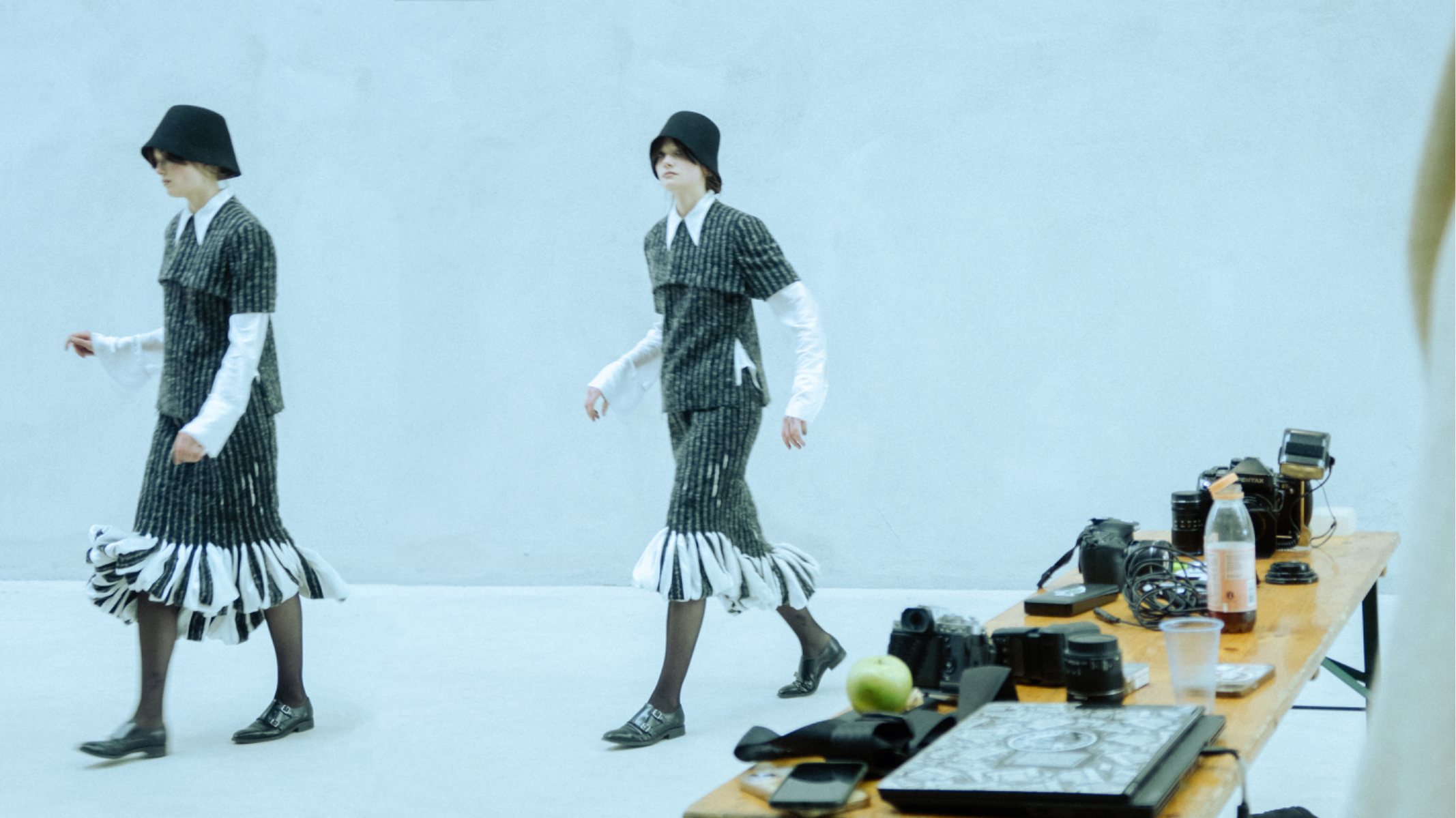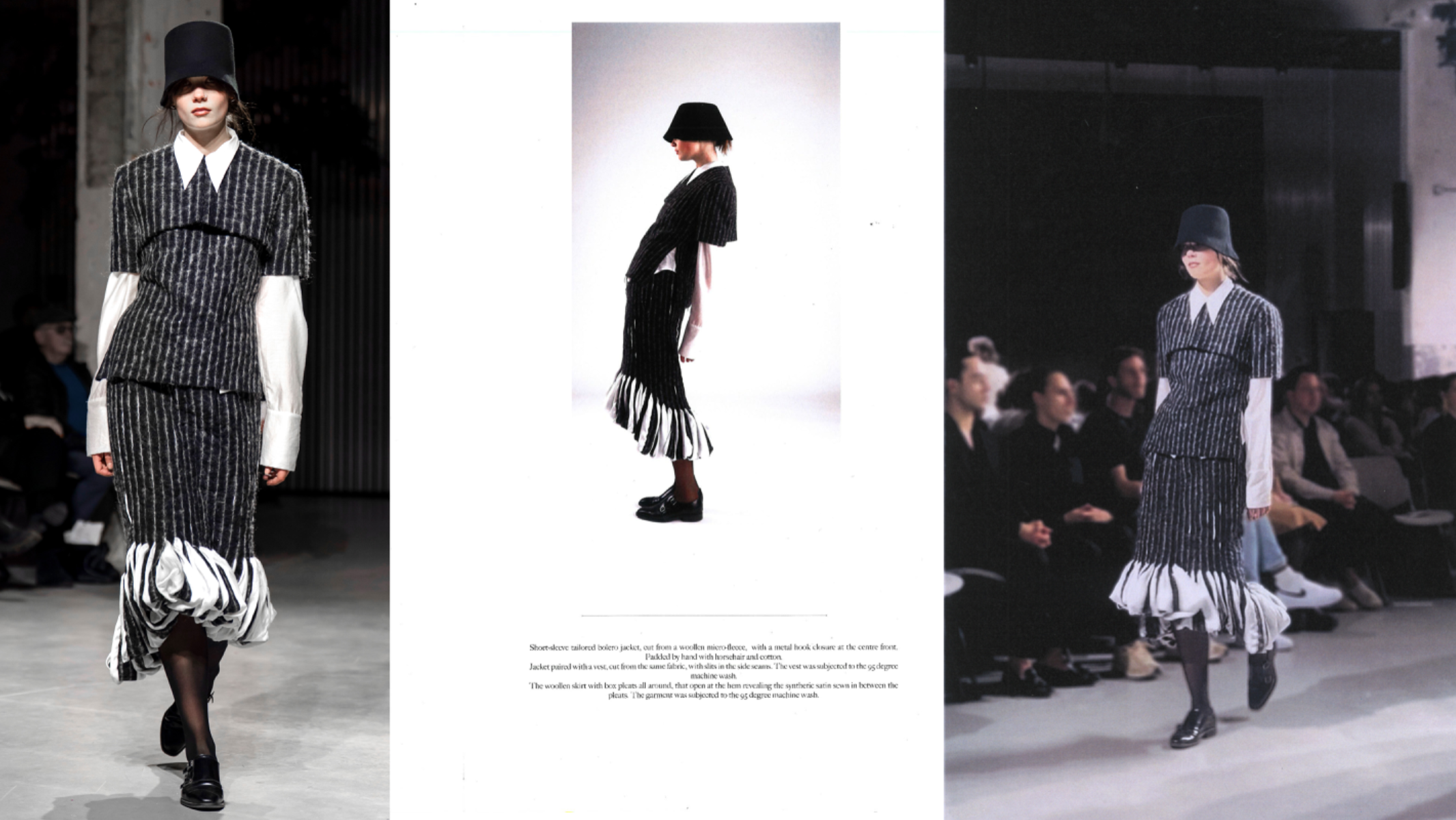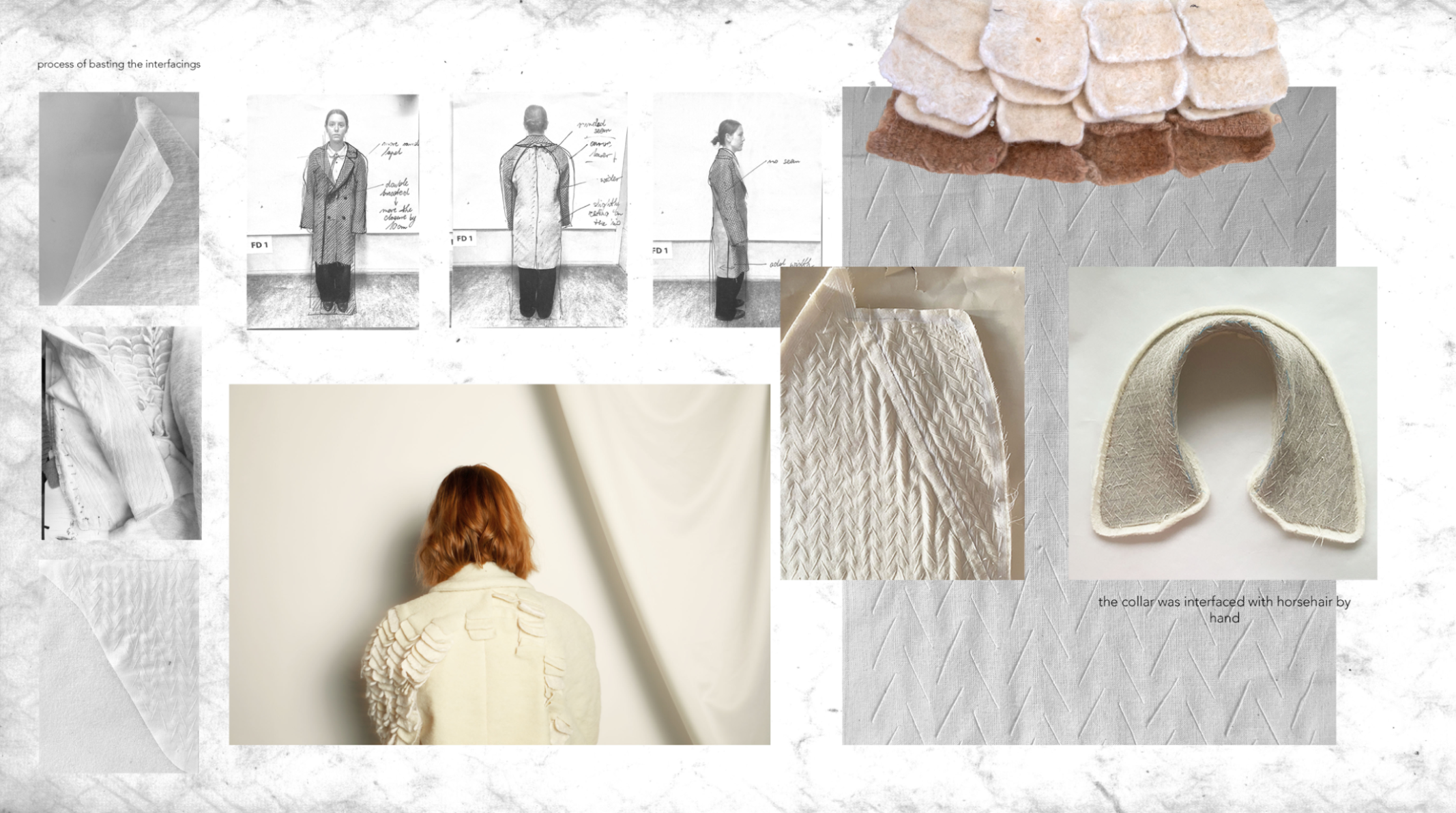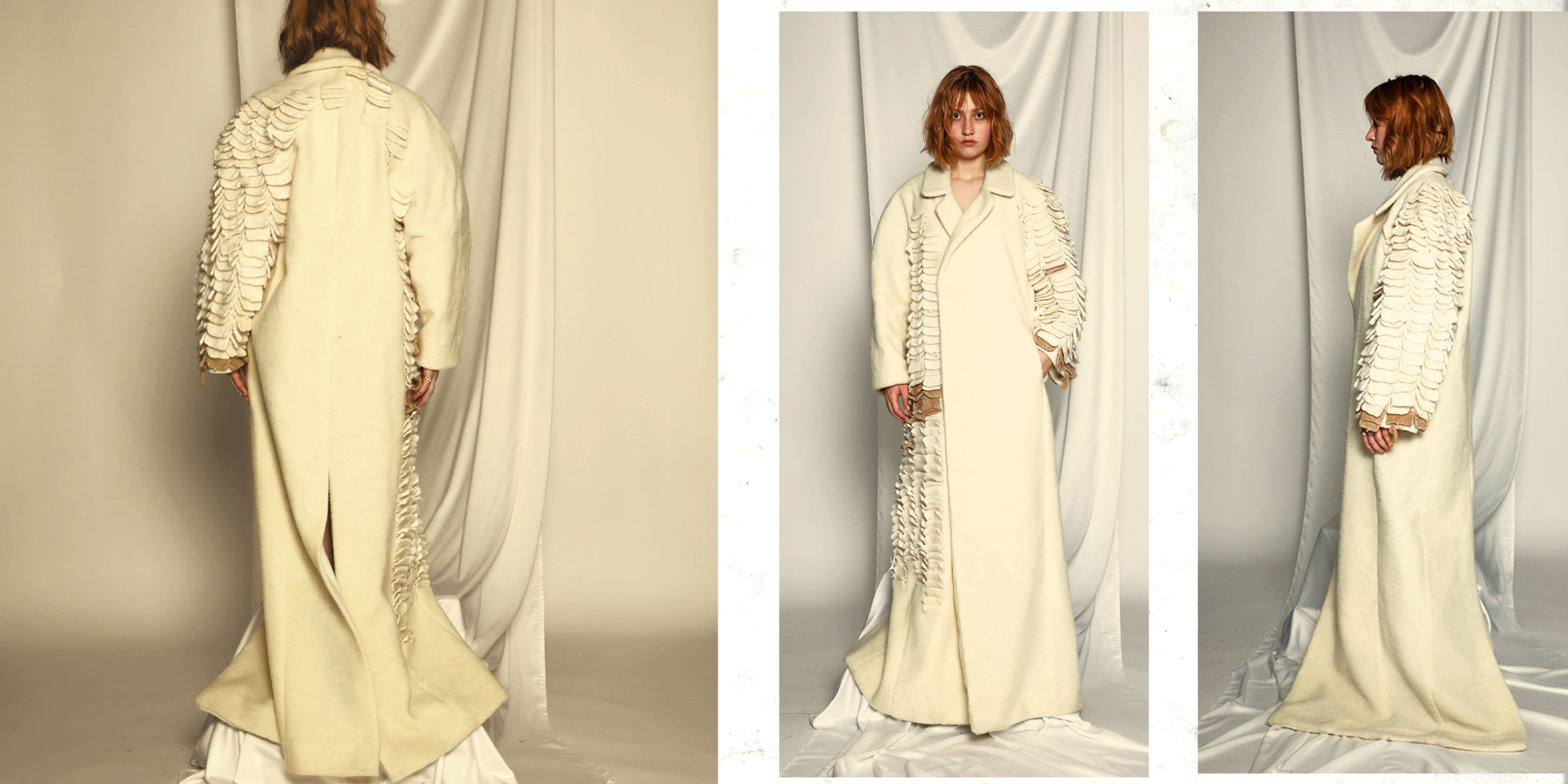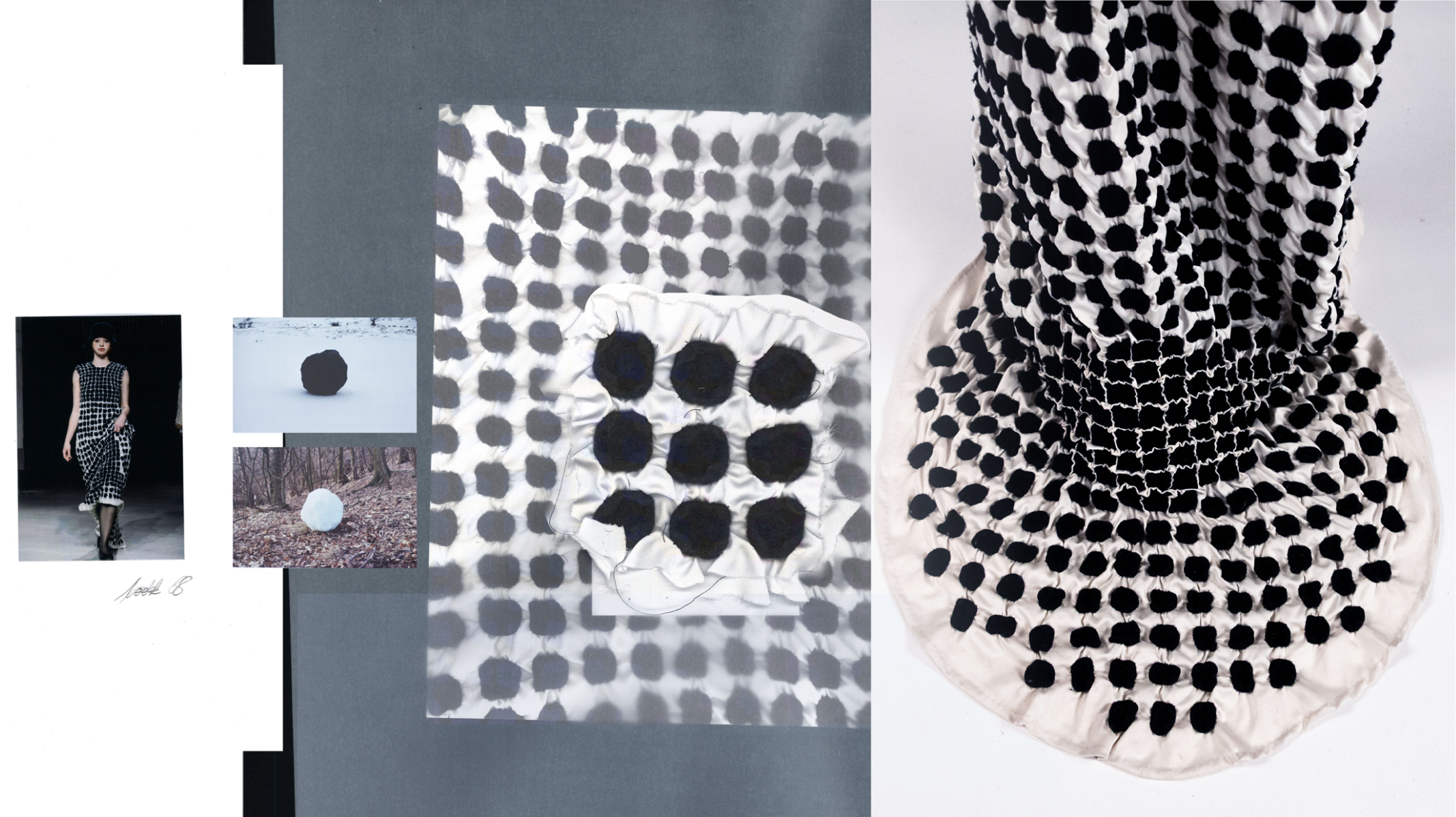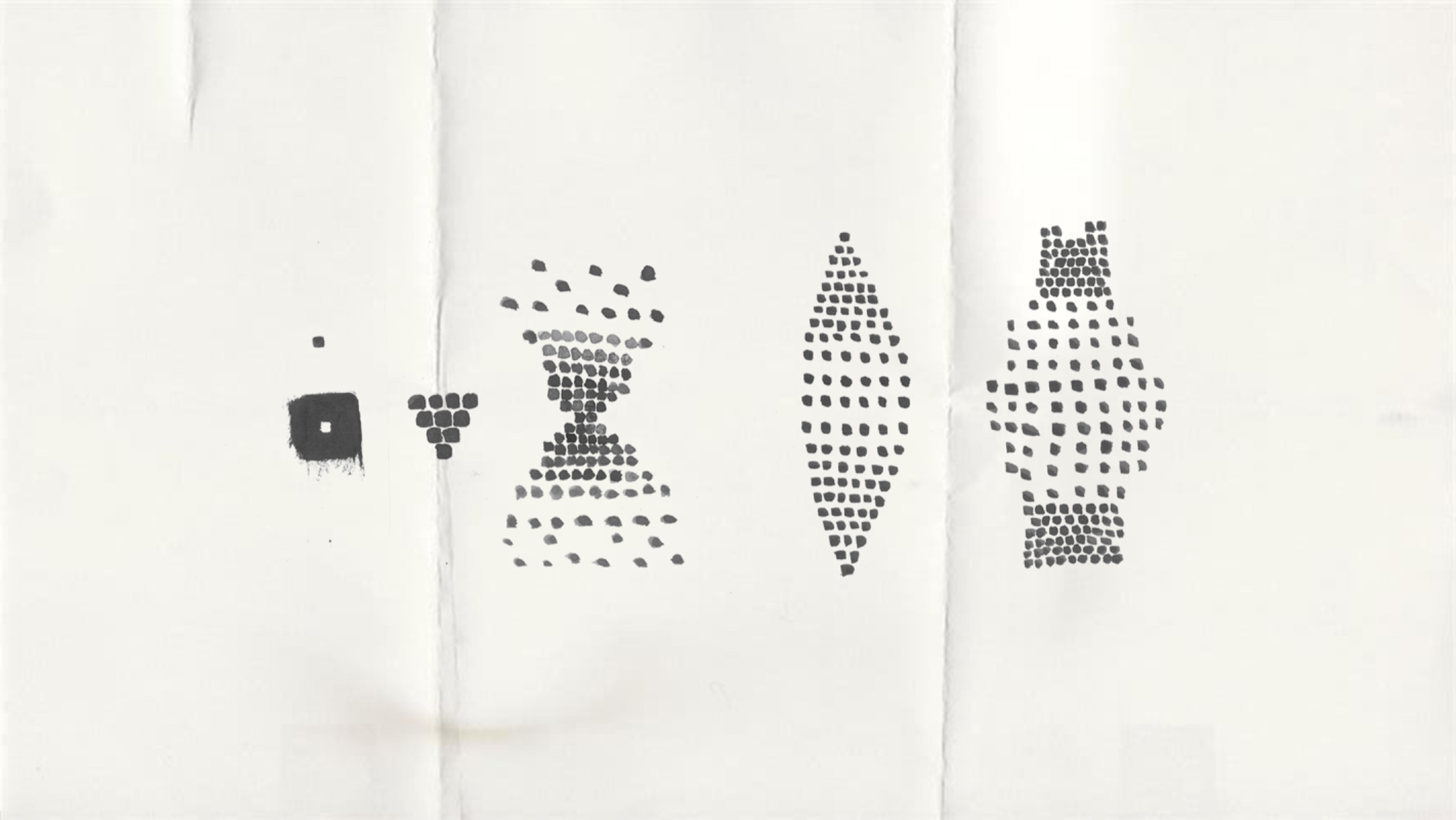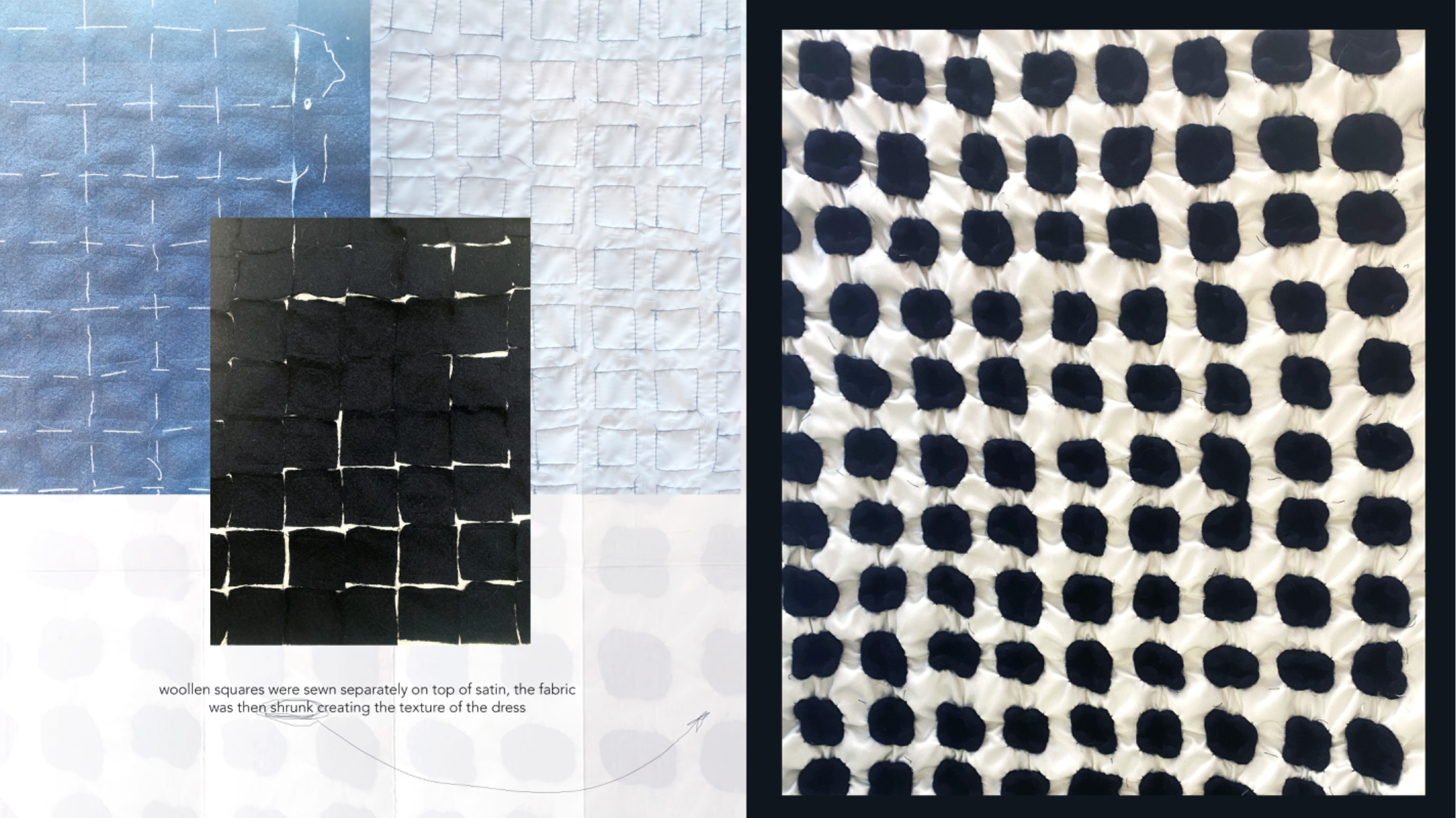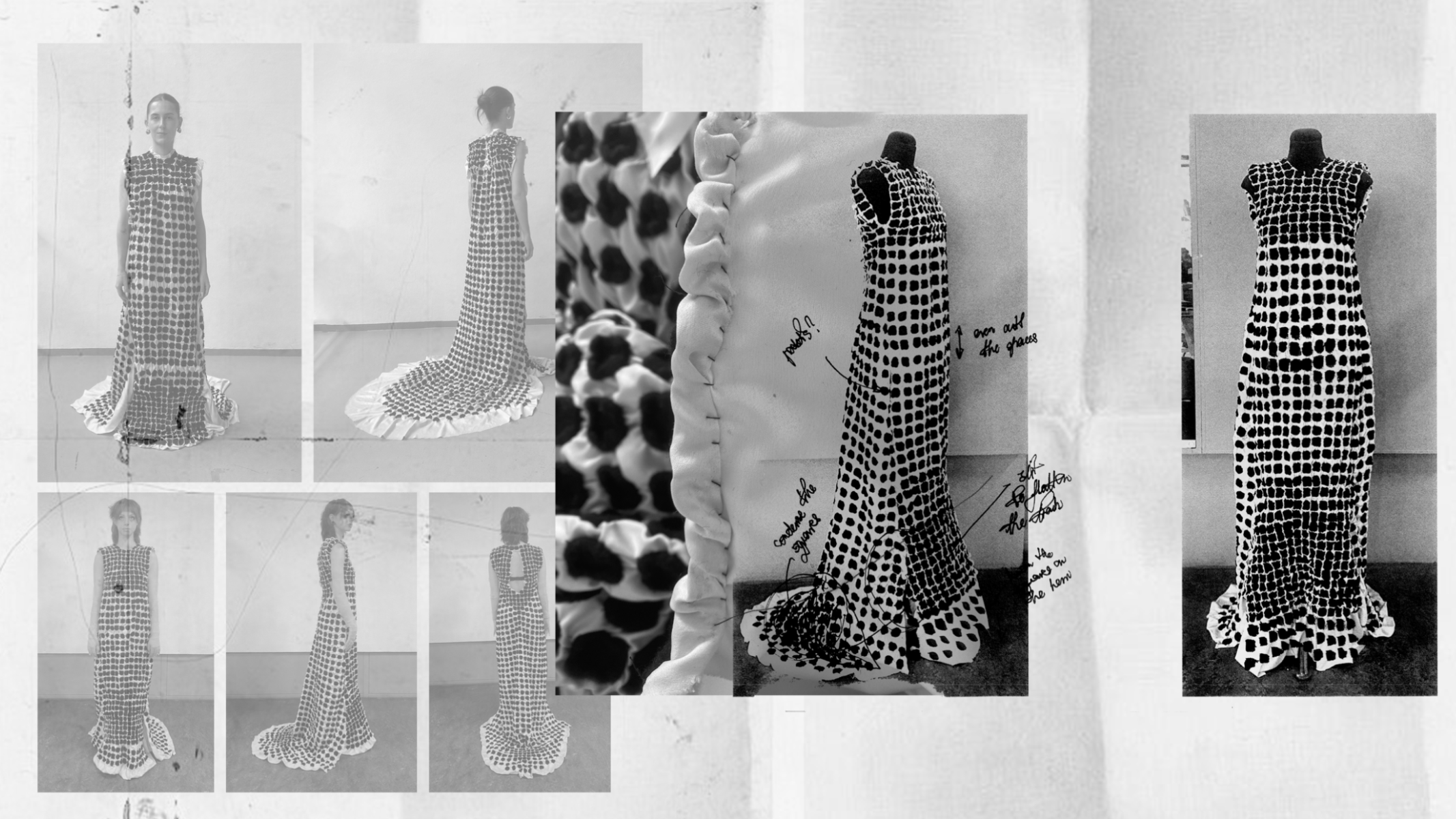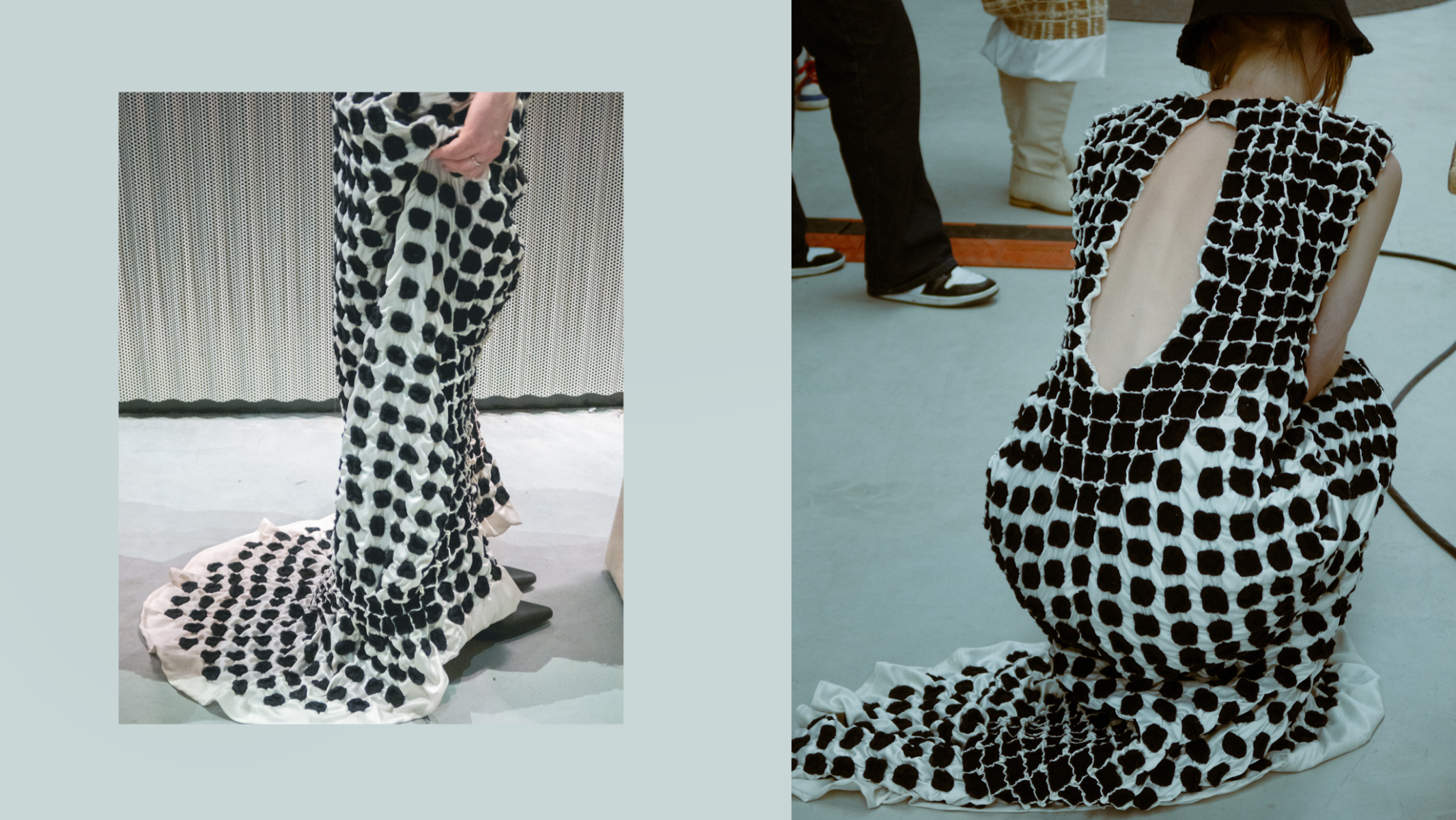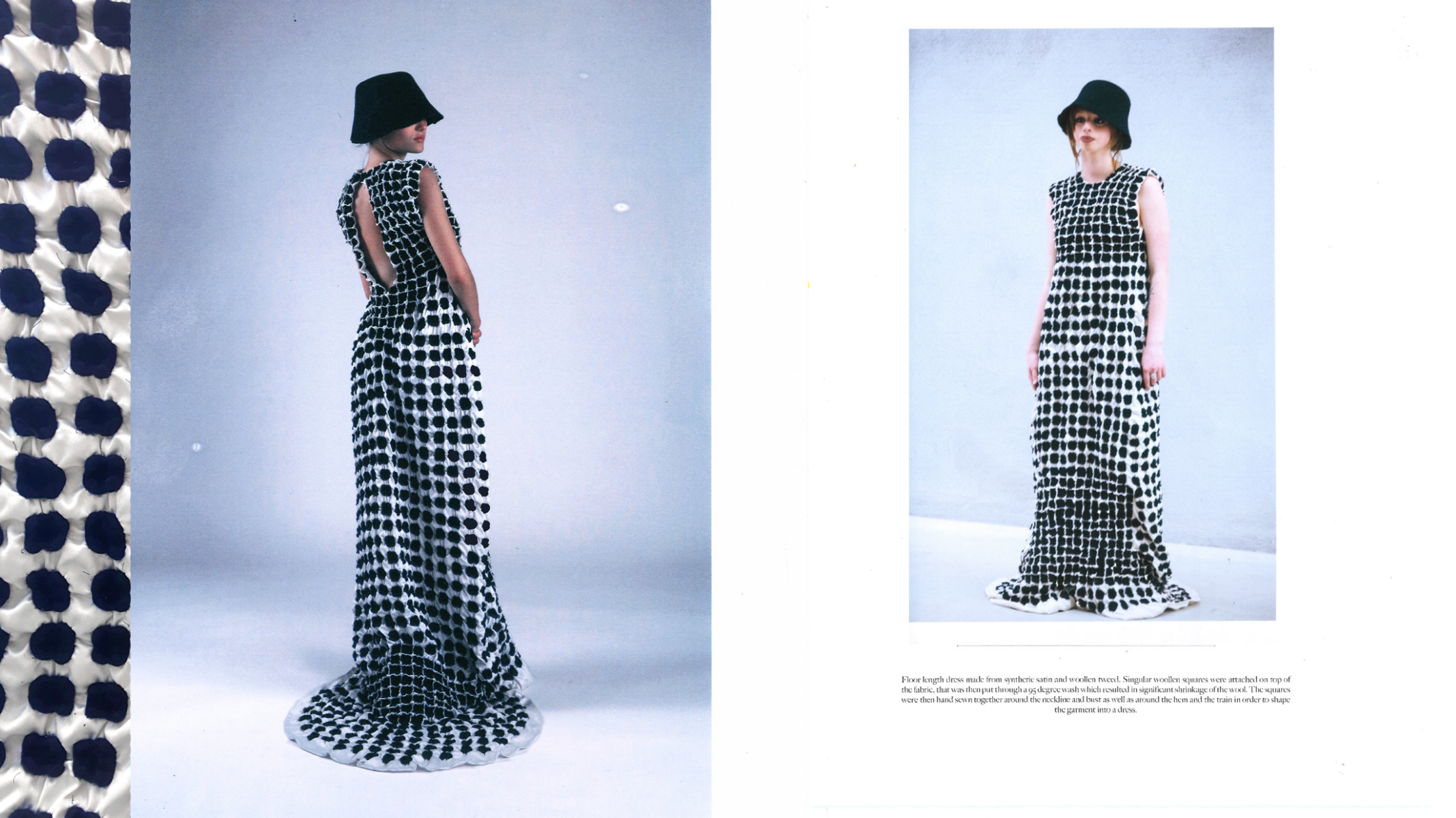Natalia Dabrowska
Fashion Design BA
ArtEZ University of the Arts
Graduates: 2025
Specialisms: Textiles for Fashion / Womenswear / Textile Innovation/Textile Art
My location: Arnhem, Netherlands

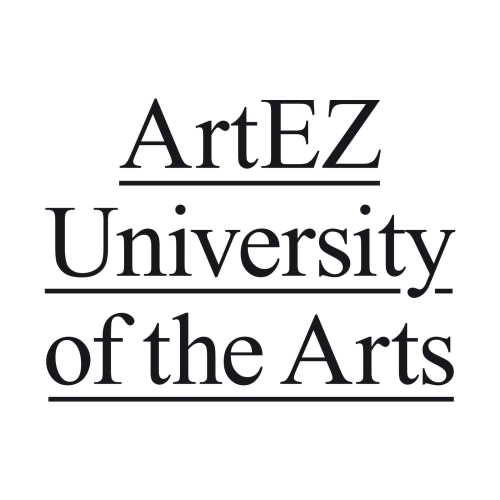
Natalia Dabrowska

First Name: Natalia
Last Name: Dabrowska
University / College: ArtEZ University of the Arts
Course / Program: Fashion Design BA
Graduates: 2025
Specialisms: Textiles for Fashion / Womenswear / Textile Innovation/Textile Art
My Location: Arnhem, Netherlands
Website: Click To See Website
About
‘Shaped by shrinkage’ is an exploration of wool shrinkage as a technique of textile and garment creation. The inspiration to centre my graduation project around wool came from its generational value in my family. During the post-war period, it was the only natural material that my grandma was able to obtain and use to its full potential while making and remaking clothing for my family, as garments were rarely available for purchase. Both my grandma and great-grandma would sew garments for the family and when they became too small or too out of fashion they would simply take them apart and sew something new out of the woollen pieces. This encouraged me to explore wool in my previous projects and finally investigate its transformative qualities through ‘Shaped by shrinkage’. The notion of the fabric shrinkage specifically was inspired by Comme des Garçons' F/W 1994 collection, featuring woollen, tailored, and lined garments that were boiled. I was curious whether I would be able to use wool shrinkage as a deliberate process for textile and garment design, as well as garment execution. The value of nature and natural materials in my family encourages me to often source my inspiration there. I have connected the idea of material shrinkage with inspiration from the land art movement in the 1970s. There has never been full clarity about whether the practice of land art cultivates the landscape or devastates it. The general definition of the movement introduced by the Tate Museum in 2023 states that ‘Land art or earth art is art that is made directly in the landscape, sculpting the land itself into earthworks or making structures in the landscape using natural materials such as rocks or twigs’ This midset inspired me to make a connection between land art and fabric shrinkage through a question: Garment shrinkage - garment devastation or cultivation: is it possible to use wool shrinkage as a textile, design and garment execution technique? The land art inspiration centred around an earthwork, ‘Sculpture for the Earth’ by Teresa Murak. The salient aspect of my experience with this artwork was the appreciation of its exploration of the relationship between negative and positive space. I was curious how this could be translated into fashion. The shrinkage of a man-made woollen tweed turns it into a felted piece of material, reestablishing the connection to the fibre origin. Felt is one of the oldest fabrics in human history, known for its weather-resistant and durable qualities. My process, while technically damaging the tweeds, proved to increase the quality of cheaper wool, as it resulted in binding the fibres together. It is irreversible, and the shrinkage results in the regeneration of tweed through losing or breaking the regularity of its structure into a sturdy, far more durable felted piece of fabric. Therefore, fabric choice became a crucial factor in my collection. I worked primarily with pure rough woollen tweeds, which I combined with smooth silk and synthetic satins. The relationship between these two fabric textures was the foundation of my research. I have created textures through combining these two materials and putting the fabrics through a high-temperature washing process. It resulted in significant shrinkage of wool, whereas satins remained unaffected by the heat, yet were influenced by the change in size and texture of wool. This created ruffling, creasing, and even 3D-textures. In the context of the shape of the garment, the wool shrinkage process helped me reimagine the garments as not the finished products, but as changing with time and environment. Even though I have made multiple tests for each and every garment to achieve a desired result, the process included far more trials and errors than my usual projects. The acceptance of the unpredictability became a vital part of my process. The process of shrinking the garment changes its shape in a mostly unpredictable way, leading to new forms and an appreciation of imperfection. The regeneration occurs through new unexpected results, transforming the garment into a completely new design.
Competitions

